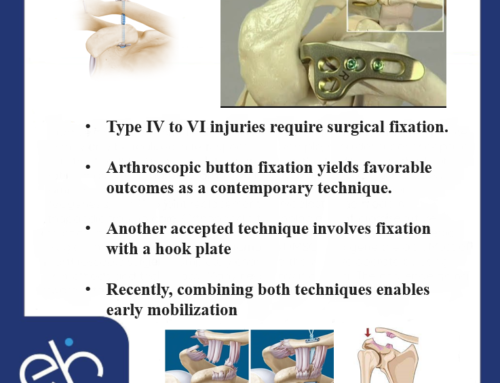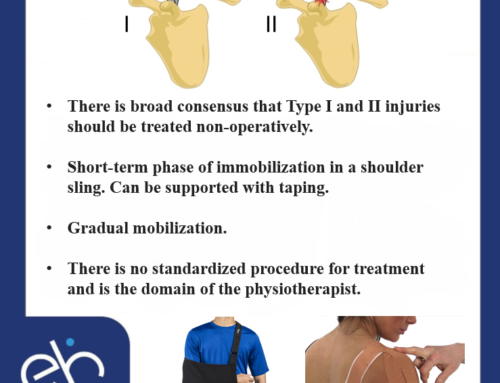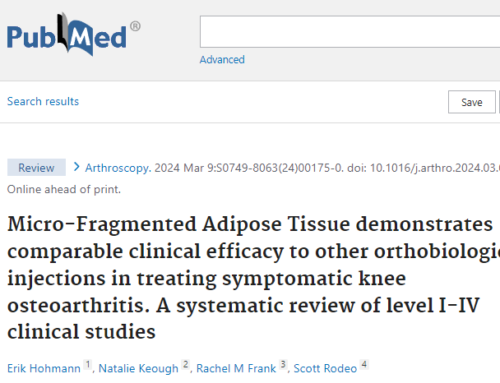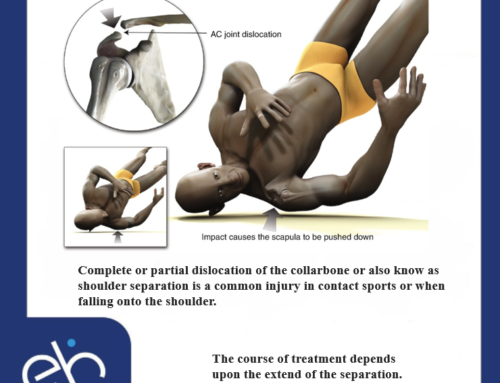Part 1:
The shoulder consists of the humerus (upper arm bone), scapula (shoulder blade) and the clavicle (shoulder bone). The rotator cuff runs between the scapula and clavicle and inserts into the humerus. To avoid major impingement a lubricating sac reduces friction but impingement is a normal process. The rotator cuff is a common source of shoulder pain and can be caused by inflammation of the tendon, inflammation of the bursa or a tear of the cuff itself

Part 2:
In young athletes who use their arm in the overhead position (for example swimming, tennis, basketball, badminton), the repetitive action can result in shoulder pain. But minor injuries or even with no apparent cause shoulder pain can develop. In the more mature middle-aged or elderly, rotator cuff tears are more common.
If suffering from pain with activity and rest, pain radiating to the front of the shoulder or side of the arm, pain with lifting or reaching you should see a sports doctor.
Part 3:
In most cases initial treatment will consist of reducing pain using anti-inflammatory medication and restore movement and strength with physical therapy. If there is no significant improvement a cortisone injection into the bursa often relieves pain very quickly

Part 4:
If non-operative treatment fails, surgery should be considered and aims to create more space for the rotator cuff. To do this the inflamed bursa will be removed and part of the acromion (subacromial decompression) will be performed. This is done with arthroscopic keyhole surgery using two or three small puncture wounds. This is followed by rehabilitation and it takes usually between 2-4 months to achieve complete pain relief but it may take up to a year to feel the benefits of surgery.






